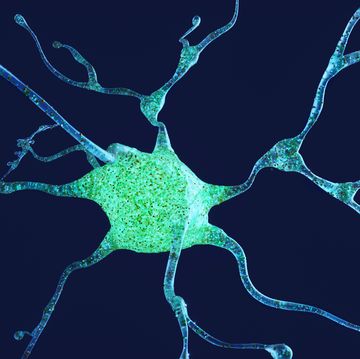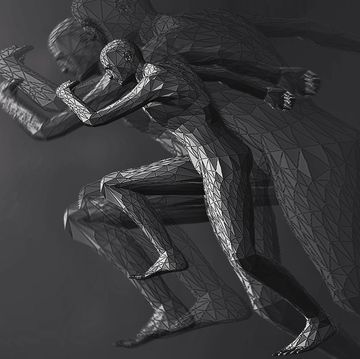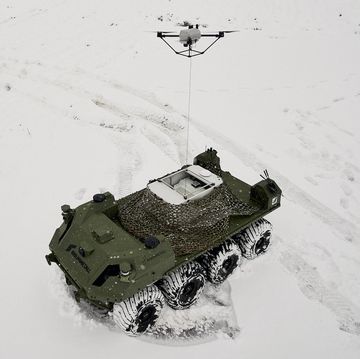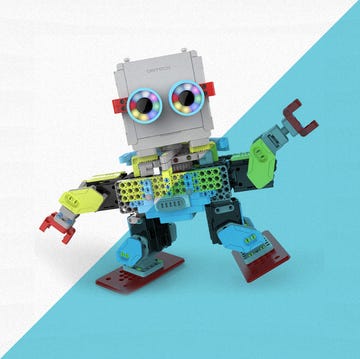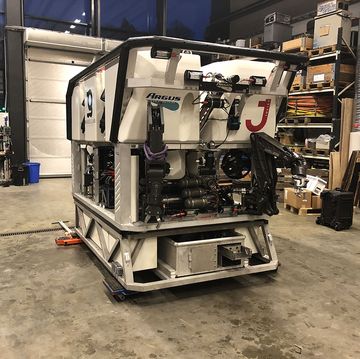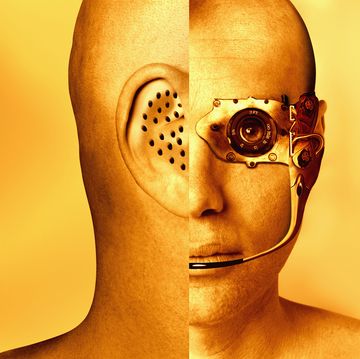Robotic hands have come a long way; they're now able to grab lots of different kinds of items with great dexterity. What's harder for a bot is the subtlety of touch. It's not easy for them to select a specific item out of a pile, or to avoid crushing delicate objects like fruits.
Researchers from Nanyang Technological University in Singapore have developed a new way for robots to store information from touch. Sensors embedded in a flexible, artificial skin can store changes in electrical resistance when force is applied to an object. A thin memory device stores a digital impression of those changes for up to a week.
The sensors are modeled after haptic memory in humans, which allows us to recall touch sensations even after our hands are no longer in contact. The artificial skin can help a robot identify an object it has touched before and access the appropriate control commands. Complex algorithms and a large amount of processing power are usually required to create a robot that can recognize and grasp different objects. But by storing the information in the artificial skin sensors, the robot's main processors are available to focus on other tasks.
"The rise of haptic memory devices will allow for mimicry of human sensory memory, opening new avenues for the design of next-generation high-performance sensing devices and systems," says the abstract for a paper on the artificial skin published in Advanced Materials. Hopefully they don't make the skin look toolifelike.
Source: New Scientist

Jay Bennett is the associate editor of PopularMechanics.com. He has also written for Smithsonian, Popular Science and Outside Magazine.


